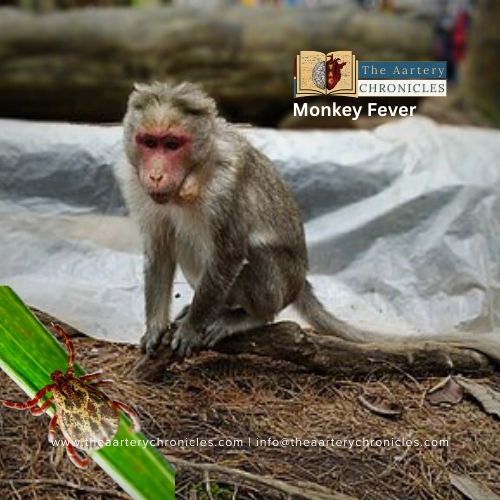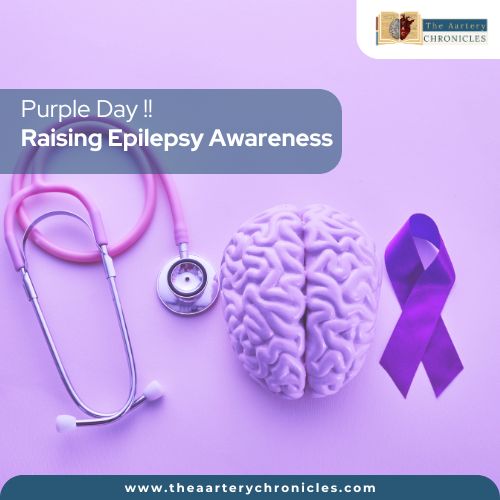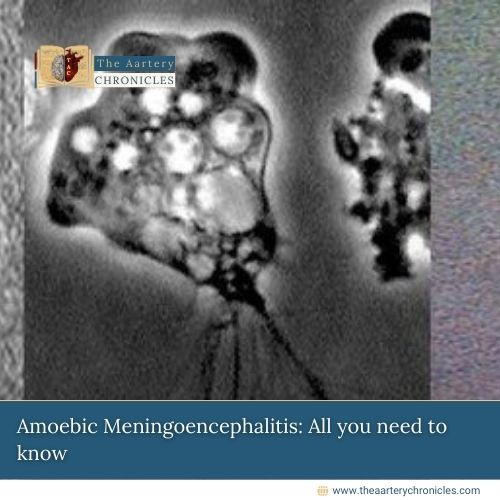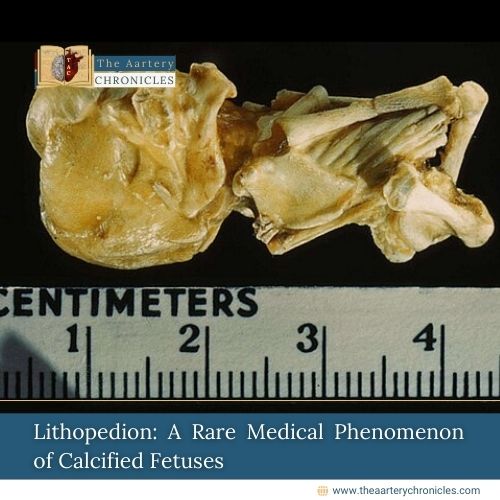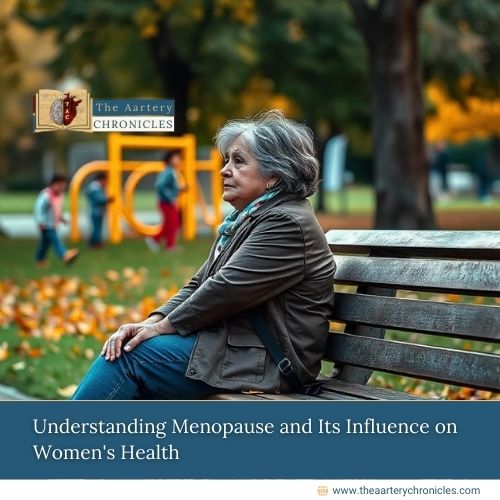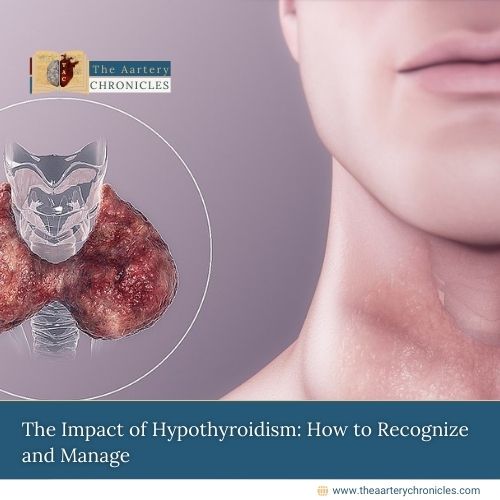
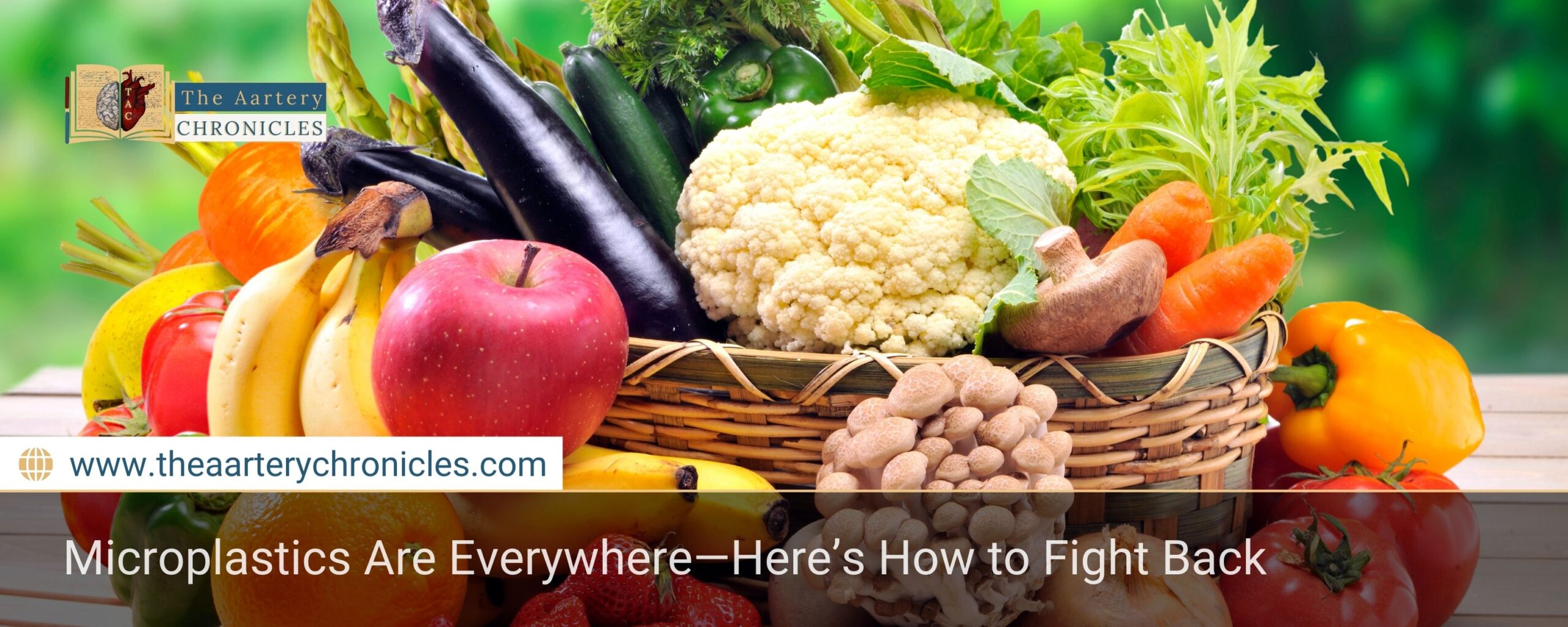
Microplastics Are Everywhere—Here’s How to Fight Back
Microplastics have become a growing health concern. These tiny toxic particles are not just harming the environment; they are also finding their way into our bodies through the food we eat, the water we drink, and even the air we breathe. Fortunately, recent research suggests that certain everyday fruits and vegetables may help protect us against the damage caused by microplastics.
Understanding Microplastics and How They Affect Us
Microplastics are small plastic particles that enter the body mainly through ingestion, inhalation, and skin contact. These particles can contaminate food, water, and even everyday items like tea bags, cosmetics, and cleaning products. Once inside the body, they can trigger inflammation, oxidative stress, and hormonal disruptions, leading to serious health issues including fertility problems and increased disease risk.
A Ray of Hope: The Role of Colourful Plant Foods
A study published in the Journal of Pharmaceutical Analysis has found that certain colourful fruits and vegetables may help counteract the negative effects of microplastics. These natural foods are rich in compounds called anthocyanins, which have strong antioxidant and anti-inflammatory properties.
Dr. Angelo Falcone, an expert in integrative medicine, highlights that incorporating these colourful foods into our diet is an effective way to defend the body against the harmful impacts of microplastics. This approach combines environmental health and nutritional science to offer a practical solution to a modern health challenge.
What Are Anthocyanins?
Anthocyanins are natural pigments that give many fruits and vegetables their bright red, purple, and blue colours. They belong to the flavonoid family, a group of plant compounds known for their powerful antioxidant effects.
Importantly, anthocyanins help plants survive environmental stress, and when we consume these compounds, they help protect our own bodies in a similar way—by fighting free radicals and reducing inflammation.
How Anthocyanins Help Combat Microplastic Damage
Research shows that microplastics can cause oxidative stress, inflammation, and hormonal imbalances in the body. These effects may even damage reproductive organs and interfere with fertility.
However, anthocyanins offer several protective benefits:
- Neutralizing oxidative stress: They act as antioxidants, preventing cellular damage caused by free radicals.
- Reducing inflammation: They help decrease inflammation triggered by microplastics, which could otherwise lead to gastrointestinal issues, organ damage, and even cancer.
- Supporting hormone balance: Anthocyanins may interact with steroid receptors in the body, helping to maintain healthy hormone functions disrupted by microplastics.
In this way, eating anthocyanin-rich foods creates a multi-layered defense against microplastic exposure.
Best Sources of Anthocyanins
You don’t need to look far to find foods rich in anthocyanins. Some of the best sources include:
- Berries: Blueberries, blackberries, cranberries, raspberries, and bilberries
- Vegetables: Red cabbage and purple sweet potatoes
- Grains and Corn: Black rice and purple corn
- Other Fruits: Red grapes, pomegranates, açai berries, and plums
In general, a deeper and more vibrant colour typically indicates a higher content of anthocyanins.
How Much Should You Eat?
While there is no official daily recommendation for anthocyanins, experts suggest that consuming about 50 milligrams per day may help reduce oxidative stress. This amount is roughly equivalent to one cup of colourful fruits and vegetables that are rich in anthocyanins.
To maximize the benefits, it’s advisable to “eat the rainbow” by including a variety of differently coloured fruits and vegetables in your meals each day.
More Benefits of Anthocyanins
Besides protecting against microplastic damage, anthocyanins offer many other health benefits:
- Heart health: They might reduce the risk of heart disease..
- Brain function: They could help improve memory and cognitive function.
- Cancer prevention: Research suggests they may help reduce the risk of certain types of cancer.
- Diabetes management: Some studies have shown that anthocyanins may help control blood sugar levels and reduce the risk of type 2 diabetes.
Conclusion
As microplastics continue to invade our environment, taking simple, natural steps to protect our health has never been more important. Including colourful, anthocyanin-rich fruits and vegetables in your daily diet is an easy and powerful way to support your body’s defenses. By making these vibrant foods a regular part of your meals, you can help safeguard your health against one of today’s most silent but serious threats.
Source: Inputs from various media Sources

Priya Bairagi
Reviewed by Dr Aarti Nehra (MBBS, MMST)
I’m a pharmacist with a strong background in health sciences. I hold a BSc from Delhi University and a pharmacy degree from PDM University. I write articles and daily health news while interviewing doctors to bring you the latest insights. In my free time, you’ll find me at the gym or lost in a sci-fi novel.


